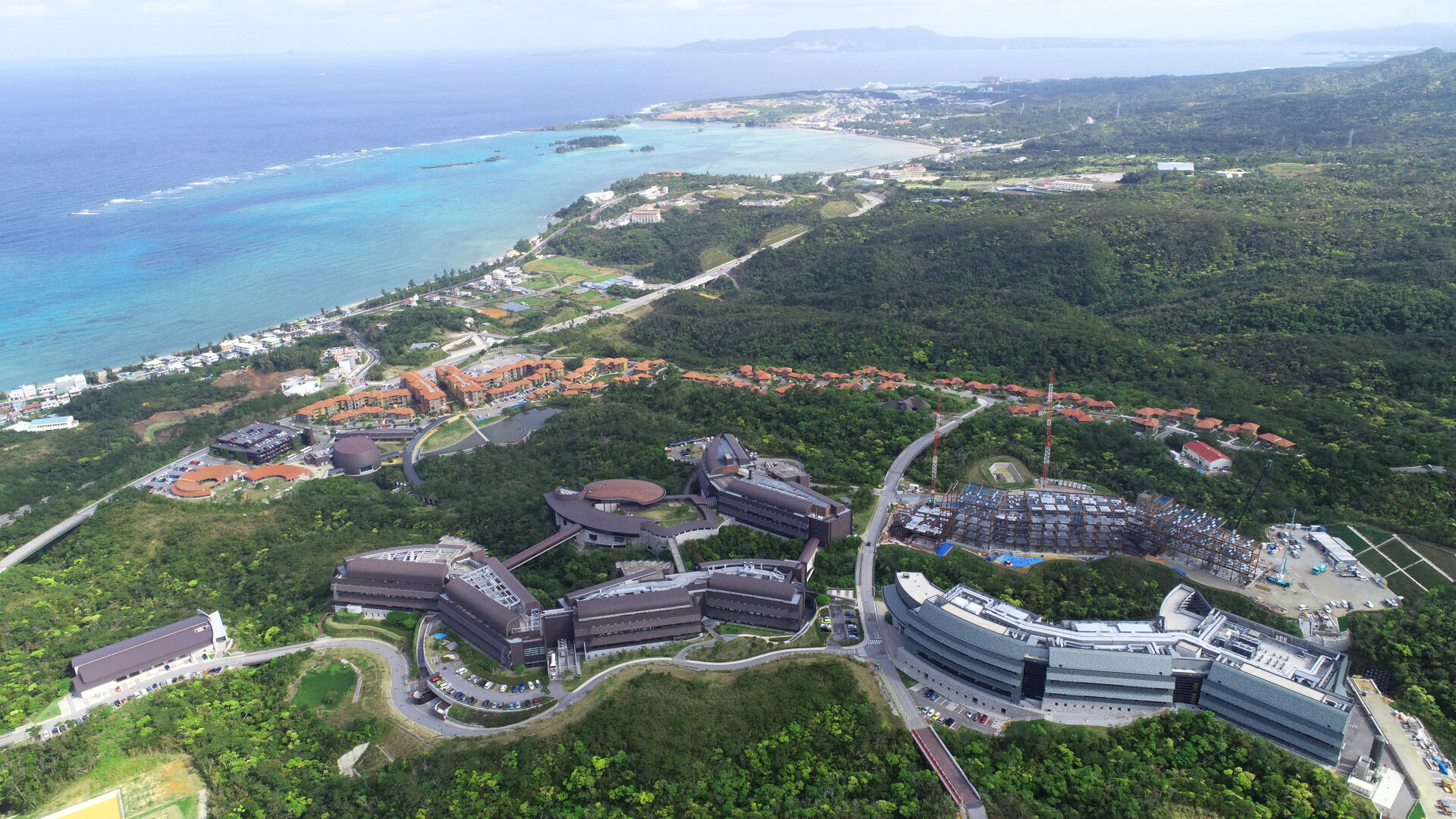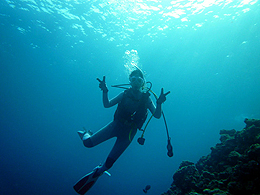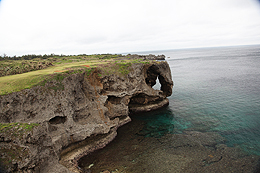About Okinawa & Onna-son
Location of Okinawa

Okinawa Prefecture is Japan’s southern-most prefecture, and it consists of hundreds of the Ryukyu Islands in a chain over 1,000 km long. These islands extend southwest from Kyushu (the southwestern most of Japan’s main four islands) almost to Taiwan.
- Capital: Naha
- Region: Kyushu
- Island: Okinawa
- Governor: Denny Tamaki
- Population (as of Oct. 1st 2018): Total 1,448,101
- Website: Okinawa Prefecture website (English)
- Prefectural symbols:
- Flower: Deigo (Erythrina variegata)
- Tree: Pines Pinus luchuensis (Ryukyumatsu)
- Bird: Okinawa woodpecker (Sapheopipo noguchii) (Noguchigera)
- Fish: Banana Fish (Pterocaesio digramma) (Takasago or Gurukun)
History
Since prehistoric times, groups centered on race or kinship were built in many parts of the island during the 10th century. Soon, struggles for power were followed by three kingdoms in Okinawa: Hokuzan in the northern part of the island; Chuzan in the center; and Nanzan in the south. In 1429, these were brought under unified control. Afterward, the history of the Ryukyu Kingdom commenced. The Ryukyu Kingdom had a strong relationship with China. Envoys called “Sappushi” were received from the Chinese emperor to certify royal succession. The kingdom was a transit-trading hub and enjoyed great prosperity from commerce with the Japanese mainland and Southeast Asia. Then, in the beginning of the 17th century, the Satsuma fiefdom in Southern Kyusyu invaded and conquered the Ryukyu Kingdom. From then on, although the kingdom maintained the “Sappu” relationship with China, control by Satsuma was tightened.
In 1879, the 450-year history of the kingdom was ended by the Meiji government, and Okinawa Prefecture was born. In the final battles of WWⅡ, Okinawa was the only land engagement of the war in Japan. After the war, Okinawa remained under American military occupation for 27 years. In 1972, reversion to Japanese sovereignty finally came. In recent years, riding the crest of an Okinawan boom, the numbers of tourists are continuously rising, and it has become the most popular resort area in Japan.
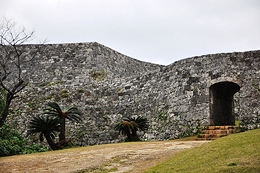
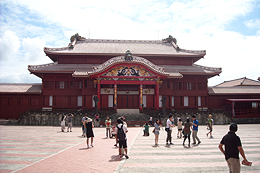
About Onna-son
Onna-son on the main Okinawa Island is located on the central part of the west coast side. The area is 50.83 square kilometers. It is the longest and most slender village on the main Okinawa island. As one resort claims, Onna-son is the "West Coast” of the main Okinawa island.
Summary of Onna-son
Population: 11,277 (June, 2022)
Area: 50.83㎢ (50.8000㏊)
Flower: Yuuna
Tree: Fukugi
Places to Go
(1) Maeda Misaki (Cape), Blue Cave
Maeda Misaki is known as a mecca for diving and fishing. Rocks of awesome shapes line up on the up against the coral reef, and the tip of the cape is a steep cliff shaped like a saw. It is a splendid diving point where tropical fish swim in the clear, transparent sea. It is ideal for beginning divers since they can get reach the sea from shore.
(2) Manzamo
The raging waves that surge up to the cliff and the view of the emerald sea offer a magistic scene for visitors. The name “Manzamo” originated from King Shokei of the Ryukyus, who visited this land in the 18th century and praised it as “a ‘mo’, spacious enough to have all people take a seat”. “Mo” in the Ryukyuan dialect means field. As its name suggests, natural turf extends across the whole surface.
(3) Ryukyu Mura
Ryukyu Mura is an authentic re-creation of an ancient Okinawan village. Old Ryukyuan homes were brought from all over the islands and reassembled here in the village to preserve the heritage of the Ryukyu Kingdom. The park was created in the hope that this unique heritage could be shared by all who visit.
Some of the staff wear traditional Okinawan folk costumes, providing the perfect photo opportunity. Inside the village you'll find examples of Okinawan crafts on display and for sale, including bingata, pottery, and sugarcane products. These are all made using traditional methods, handed down from generation to generation. Music and dancing are also showcased throughout the day. The Sugar House still makes brown sugar the old-fashioned way with the help of a few powerful water buffalo to turn the sugarcane press.
https://www.ryukyumura.co.jp/en/official/
Produce of Onna-son
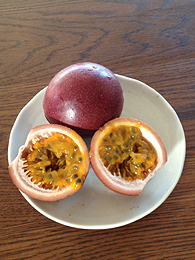

Passion Fruit Mango
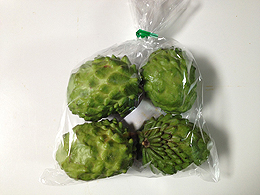
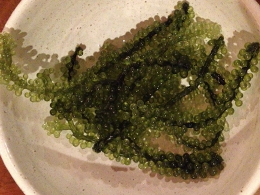
Atemoya Sea Grapes
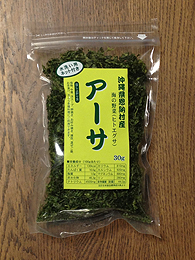
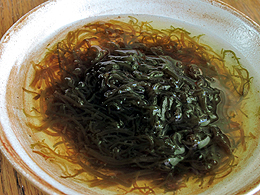
Ahsa Seaweed Mozuku Seaweed
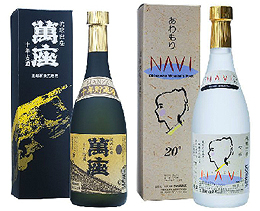
Awamori Liquor




